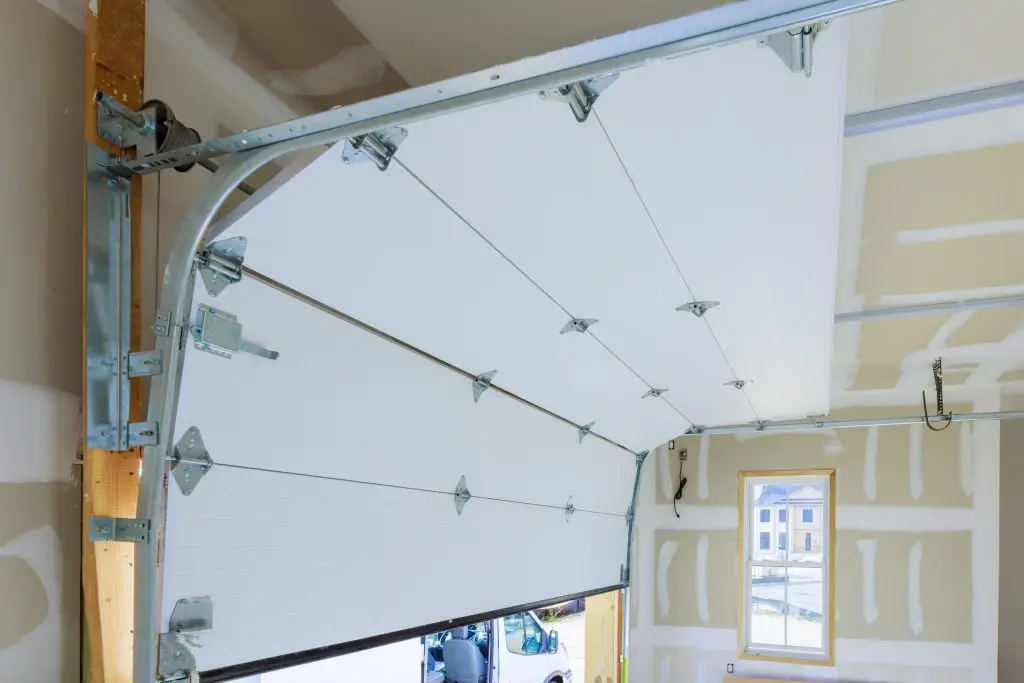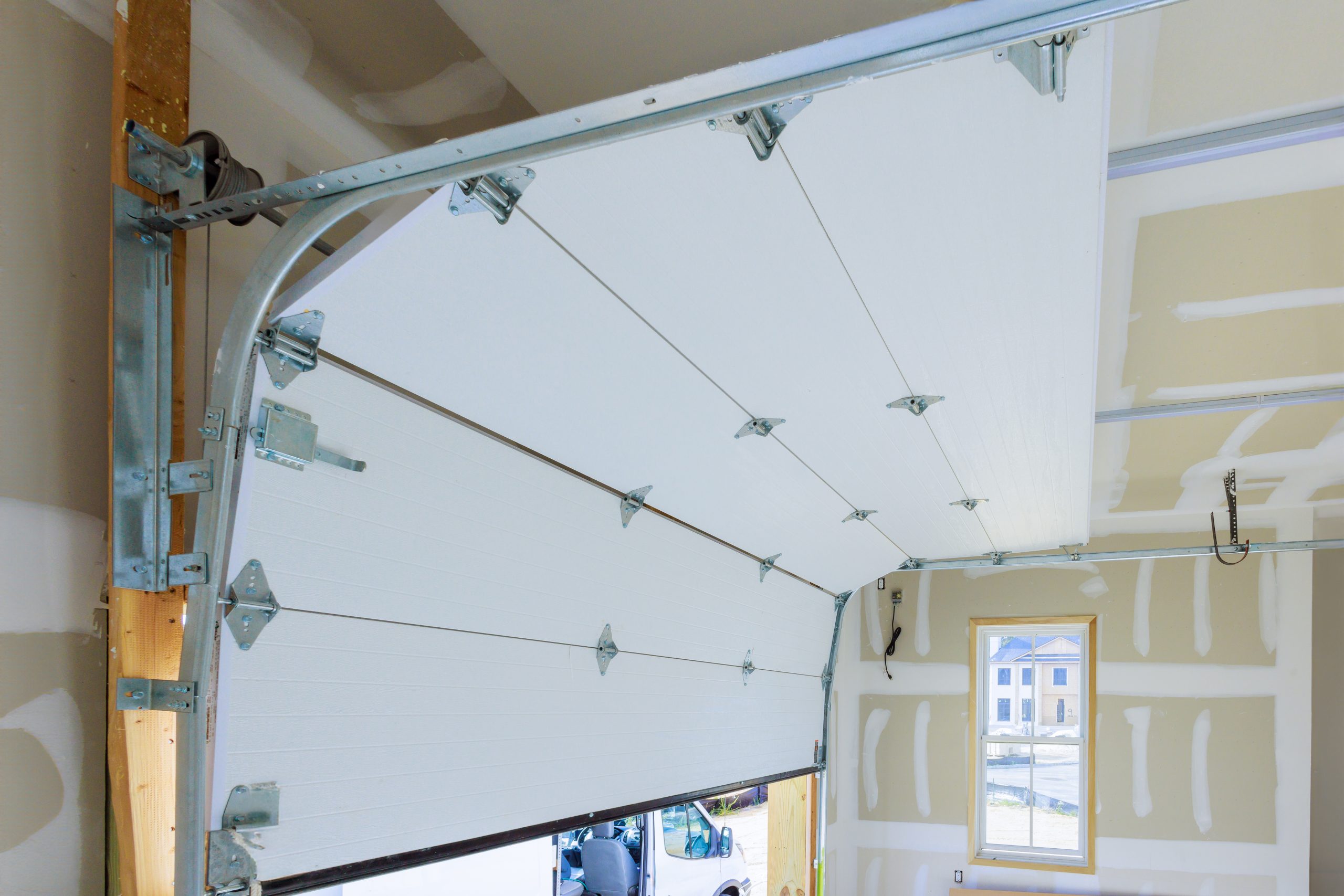Garage Door Insulation: Benefits and DIY Tips


The Benefits of Garage Door Insulation and DIY Tips
A well-insulated garage door offers more than just energy savings; it creates a more comfortable and usable space. Whether you’re working on projects, storing your car, or using the garage as a home gym, garage door insulation is a smart upgrade for any homeowner. Let’s delve into the benefits and share some easy DIY tips to enhance your garage’s insulation.
Why Insulate Your Garage Door?
- Energy Efficiency: An insulated garage door can help regulate the temperature inside your garage. This is especially important if you have an attached garage, as it reduces the amount of heat or cool air escaping to and from your living spaces.
- Noise Reduction: Insulation helps diminish the sounds from outside, providing a quieter atmosphere inside your garage. This is a significant benefit if you use your garage as a workshop or living space.
- Increased Durability: Insulated doors are generally more robust and can withstand dents and damages better than non-insulated doors. This added durability can extend the lifespan of your door.
- Enhanced Comfort: By maintaining a stable temperature, insulated doors make the garage a more comfortable space for various activities beyond just parking your vehicle.
DIY Tips for Insulating Your Garage Door
- Choose the Right Material: Common insulation materials include fiberglass batts, foam boards, or reflective barriers. Each type has different properties, so choose the one that best suits your climate and garage use.
- Seal the Gaps: Before installing insulation, ensure that any gaps along the door’s edges are sealed. Weatherstripping can improve your garage door’s effectiveness and energy efficiency.
- Install Panels: Cut the insulation material to fit your door panels. Use an adhesive or clips designed for garage doors to secure the insulation in place, ensuring complete coverage.
- Mind the R-Value: This measures the insulation’s effectiveness; a higher R-value means better insulation. Check the values of materials and aim for the highest R-value suited for your budget.
- Professional Assessment: While DIY efforts are rewarding, a professional service can provide an assessment to identify the best insulation strategy. Consider garage door panel replacement if your current setup is outdated or damaged.
Maintaining Insulated Garage Doors
Regular maintenance can prolong the life of your insulated garage door. Schedule consistent check-ups for elements like the door springs, which may also require spring replacement over time. Enlist an emergency garage service if you encounter sudden issues that compromise your garage’s security or efficiency.
Investing in garage door insulation not only boosts your home’s energy efficiency but also enhances the functionality and comfort of your garage space. Whether you opt for a DIY approach or professional assistance, insulated garage doors are a smart choice for a more sustainable and enjoyable home environment.
Need help with your garage door? Call us today at (888) 794-6420 to resolve any garage door issue!

